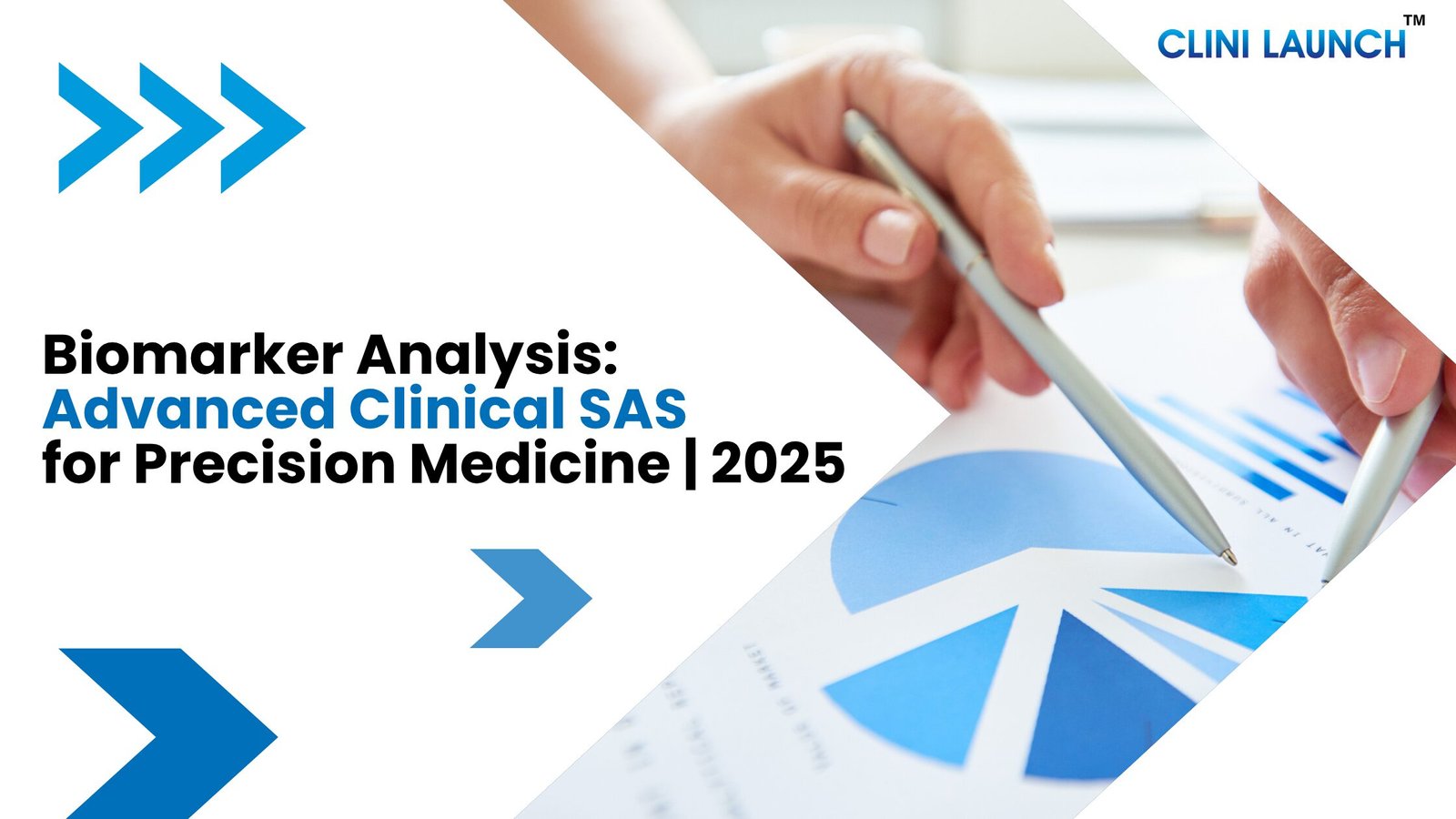Statistics is one of the mathematical branches that deals with collecting, analyzing, interpreting, and presenting the data to the organization. From the core of data analytics, statistical forms are the basic tool for analyzing trends and patterns within huge numerical datasets. A few measurement techniques may overlap; their fundamental objectives differ significantly. This blog explores the two main categories of mathematical training, which are descriptive and inferential statistics, and their differences in their respective impacts on data analytics.
Enroll now: Biostatistics Course
Descriptive Statistics
In the branch of statistics, descriptive statistics deals with summarizing and describing the main features of a dataset. It offers methods for organizing, visualizing, and presenting data meaningfully and informally. Without generalizing the analyzed data, descriptive statistics describe the characteristics of the dataset.
Descriptive statistics can reflect the data based on which they are applied, and it can be:
- Assessing central tendencies like mean, median, or mode are used to analyze an average or center point.
- Evaluation of dispersion or variability such as variance, standard deviation, asymmetrical, or range reflects the spread of the data points.
- Estimating the distribution such as the quality or percentage of a particular result and it expresses the frequency of the results among a data set.
Inferential Statistics

On the other hand, inferential statistics include making inferences, predictions, or generalizations about a larger population based on data collected from a sample of that population. It enlarges the findings from a sample to the population from which the sample was drawn. Inferential statistics enable researchers to illustrate conclusions, test hypotheses, and make predictions about populations, even when it is inappropriate or impossible to study directly the entire population.
Inferential statistics techniques include:
- Hypothesis tests or tests of importance confirm whether some results are significant.
- Correlation analysis helps to determine the relationship or correlation between variables.
- Logistic or linear regression analysis methods allow inferring and predicting causality and other relationships between variables.
- Confidence intervals help to analyze the probability that an estimated outcome will occur.
Descriptive and Inferential Statistics Examples
Descriptive and Inferential statistics are to be used closely to identify the data in the best possible way. Descriptive and inferential statistics examples are given below:
- Assuming the scores of 100 students belonging to a specific country are available. The performance of these students needs to be examined. This data by itself will not supply any valuable results. By using descriptive statistics, the spread of the marks can be obtained and give a clear idea regarding the performance of each student.
- Now suppose the scores of the students of an entire country need to be examined. Utilizing a sample of 100 students, inferential statistics are used to generalize about the population.
Descriptive and Inferential Statistics Difference
To analyze data, both descriptive and inferential statistics are significant. Descriptive statistics are used to order data and express the sample using mean, standard deviation, charts, and more. For predicting the trend of the population data, inferential statistics use this sample data. The following table contains the main difference between descriptive and inferential statistics:
| Features | Descriptive Statistics | Inferential Statistics |
| Basis | Outlines and describes the aspects of a dataset | Creating inferences, predictions, or generalizations about a population based on sample data |
| Range | Full attention to the specific sample data | Detecting the larger population |
| Goal | Without generalizing it describes the characteristics of the data | Detecting the generalized sample to population |
| Examples | Estimating the central tendency, dispersion, frequency distributions, graphical representations | Confidence intervals, Hypothesis testing, Regression analysis |
| Data Analysis | Offers a summary and data resolution | Outlines conclusions, test hypotheses, and makes predictions |
| Population Representation | Depicting the features within the sample only | Depicting the features of the larger population |
| Statistical Techniques | Mean, median, mode, range, variance and more | Confidence intervals, Regression analysis, Hypothesis testing |
Formulas of Descriptive and Inferential Statistics Difference

There are several statistical methods for data analysis that under descriptive and inferential statistics. Below are the formulas of descriptive and inferential statistics difference:
Inferential Statistics
- F test statistic = σ21σ22
- Z score = x−μσ
Descriptive Statistics:
- Mean = Σxi / n
- Median (n is odd) = [(n + 1) / 2]th term
- Median (n is even) = [(n / 2)th term + ((n / 2) + 1)th term] / 2
- Mode = Most frequently occurring observation
- Sample Variance = ∑(Xi−¯¯¯¯¯X)2n−1
- Sample Standard Deviation = √∑(Xi−¯¯¯¯¯X)2n−1
- Range = Highest observation – Lower Observation.
Types of Descriptive and Inferential Statistics
Descriptive Statistic Types
Following are the three types of descriptive statistics:
- Measures of Central Tendency
Representing the center or typical value of a dataset. It offers insight into where the high data points are, and the three main central tendencies are:
- Mean: The arithmetic average of all the values in the dataset.
- Median: The center value of the dataset when aligned in ascending or descending order.
- Mode: Value occurs most frequently in the dataset.
- Measures of Dispersion
Around the central tendency, it quantifies the spread or variability of data points. They demonstrate how much the individual data points deviate from the average. Regular measures of dispersion include:
- Variation: The average squared differences between each data point and the mean.
- Range: The comparison between the maximum and minimum values in the dataset.
- Standard Deviation: The square root of the variance, depicting the average distance of data points from the mean.
- Frequency Distributions and Graphical Depictions
Frequency distributions present the frequency of incident of different values or ranges in a dataset. They assist in imagining the distribution of data across different categories. Regular graphical representations used in descriptive statistics such as,
- Histograms: Bar charts exhibit the frequency of data points within predefined intervals or bins.
- Box Plots: Box plots are also known as Box and Whisker Plots and demonstrate a graphical representation that displays a dataset’s quartiles, median, and outliers.
- Pie Charts: Within a dataset, circular charts depicting the proportions of diverse categories.
Inferential Statistic Types
Following are the three types of inferential statistics:
- Hypothesis testing
In inferential statistics, based on sample data, hypothesis testing is a fundamental technique that is used to make decisions or outline conclusions about a population parameter. It includes formulating a null hypothesis (H0) and an alternative hypothesis (Ha), gathering sample data and using statistical methods for data analysis to determine whether there is robust evidence to reject the null hypothesis in favor of the alternative hypothesis. Regular statistical tests for hypothesis testing include t-tests, chi-square tests, ANOVA (Analysis of Variance), and z-tests.
- Confidence Intervals
Based on sample data, confidence intervals offer a range of values within the true population parameter and are likely to lie at a certain level. They quantify the uncertainty associated with considering population parameters from sample data. It is estimated using point estimates such as sample means or proportions, and their standard errors. The confidence level depicts the probability that the interval contains the true population parameter. Regularly used confidence levels include 90%,95%, and 99%.
- Regression Analysis
This is a statistical technique used to evaluate the relationship between one or more independent variables (predictors) and a dependent variable (outcome) and to make predictions based on this relationship. It supports analysis and estimates of the strength and direction of the association between variables and to predict the dependent variable’s value for given independent variable values. Regular types of regression analysis include linear, logistic, polynomial, and multiple regression.
Tools of the Descriptive and Inferential Statistics

Descriptive Statistics Tools
- Microsoft Excel: Excel is broadly used for fundamental statistical analysis, including measuring central tendency and dispersion measures and developing graphical representations like histograms and scatter plots.
- Statistical Package for the Social Sciences (SPSS): SPSS is a comprehensive statistical software package for data analysis, management, and reporting. It provides diverse descriptive statistical analyses, such as frequency distributions, cross-tabulations, and descriptive charts.
- Python: Libraries like NumPy, Pandas, and Matplotlib, Python is increasingly popular for statistical analysis and data visualization. These libraries provide powerful tools for measuring descriptive statistics and creating visualizations.
- GraphPad Prism: GraphPad Prism is a technical graphing and statistical software widely used in life sciences research. It offers tools for descriptive statistics, graphing, and curve fitting.
- R: With the software environment, R is a programming language that is specifically designed for statistical computing and graphics. It offers many packages and functions for descriptive analytics, data visualization, and exploratory data analysis.
Inferential Statistics Tools
- SPSS: Apart from descriptive statistics, SPSS offers tools for controlling inferential statistical tests such as t-tests, ANOVA, chi-square tests, and regression analysis.
- R: R provides diverse packages for managing inferential statistical analyses, such as hypothesis testing, regression analysis, and confidence interval estimation. Packages like stats, Imtest, and MASS are regularly used for inferential statistics in R.
- Python: For managing diverse inferential statistical analyses, Python libraries offer tools such as SciPy, StatsModels, and scikit-learn and it includes hypothesis testing, regression analysis and machine learning algorithms.
- Statistical Analysis System (SAS): SAS is a diverse statistical software suite for data management, analysis, and reporting. It offers various procedures and modules for managing inferential statistical analyses.
MATLAB: MATLAB provides statistical and machine learning tools for managing hypothesis tests, fitting models, and analyzing data. It involves in-built functions and guiding diverse inferential statistical analyses.
Conclusion
In summary, both descriptive and inferential statistics are essential tools in data analysis, serving distinct yet complementary roles. Descriptive statistics provide a clear and concise overview of a dataset’s main features through summaries, visualizations, and measures of central tendency and dispersion. They allow us to understand the ‘what’ of our data. On the other hand, inferential statistics go beyond the immediate data, enabling us to draw conclusions, make predictions, and test hypotheses about a larger population based on a sample. They help us understand the ‘why’ and ‘what next’ from our data. Mastering both descriptive and inferential techniques is crucial for anyone seeking to extract meaningful insights and make informed decisions from data.
Ready to leverage the power of statistical analysis medical data for your clinical research? Visit CliniLaunch Research to explore our comprehensive biostatistics course and learn how we can help you unlock valuable insights from your data.
Frequently Asked Questions (FAQs)
What is the primary goal of descriptive statistics?
The primary goal of descriptive statistics is to summarize and describe the main features of a dataset in a meaningful and informative way, without generalizing beyond the analyzed data itself.
How do inferential statistics differ from descriptive statistics in terms of the population studied?
Descriptive statistics focus solely on the specific sample data collected. In contrast, inferential statistics use data from a sample to make inferences, predictions, or generalizations about a larger population from which the sample was drawn.
Can you provide an example of when inferential statistics would be particularly useful?
Inferential statistics would be particularly useful when studying the effectiveness of a new drug. Researchers can administer the drug to a sample of patients and then use inferential statistics to determine if the observed improvements in the sample are statistically significant enough to suggest that the drug would be effective for the larger population of individuals with the same condition.
What are some common tools used for performing inferential statistical analysis?
Common tools used for performing inferential statistical analysis medical data include software packages like SPSS, R, Python (with libraries such as SciPy and StatsModels), SAS, and MATLAB. These tools offer functions for hypothesis testing, regression analysis, confidence interval estimation, and more.
Is it possible to use descriptive statistics after performing inferential statistics on a dataset?
Yes, it is common and often recommended to use descriptive statistics in conjunction with inferential statistics. Descriptive statistics can provide a clear understanding of the sample data before making inferences about the larger population. They can also help in interpreting the results of inferential tests and understanding the characteristics of the sample that led to those inferences.
References
1. Comprehensive Guide to Descriptive vs Inferential Statistics! https://www.simplilearn.com/difference-between-descriptive-inferential-statistics-article#key_differences_between_descriptive_and_inferential_statistics
2. Difference Between Descriptive and Inferential Statistics https://www.shiksha.com/online-courses/articles/descriptive-statistics-and-inferential-statistics/
3. What’s the difference between descriptive and inferential statistics https://onlinedegrees.bradley.edu/blog/whats-the-difference-between-descriptive-and-inferential-statistics
4. What’s the Difference Between Descriptive and Inferential Statistics https://careerfoundry.com/en/blog/data-analytics/inferential-vs-descriptive-statistics/#in-summary-whats-the-difference-between-inferential-and-descriptive-statistics






